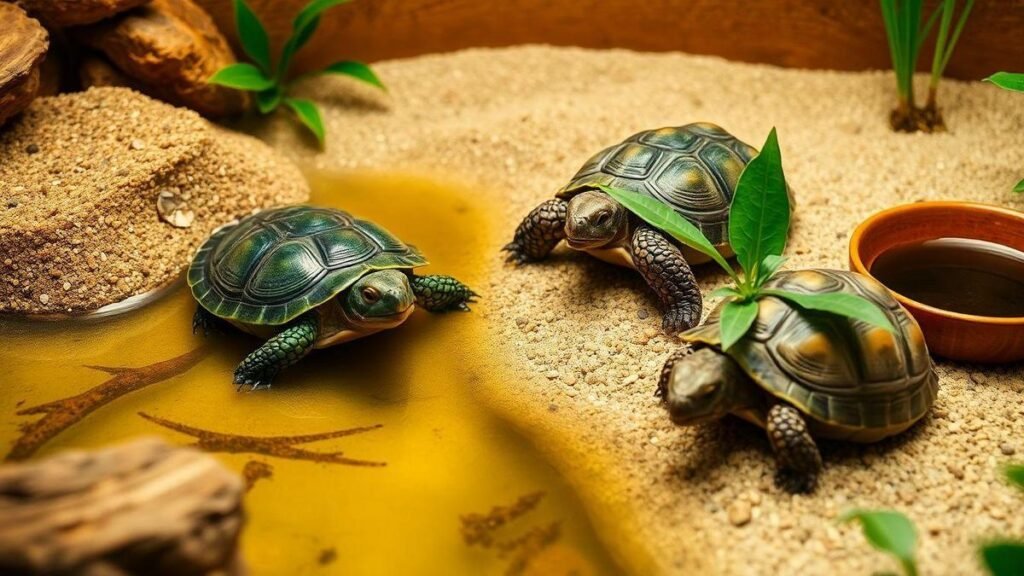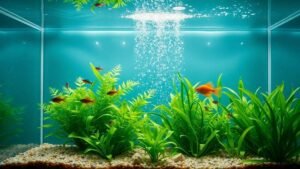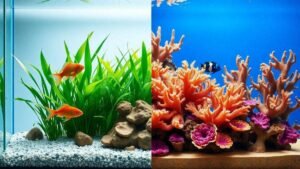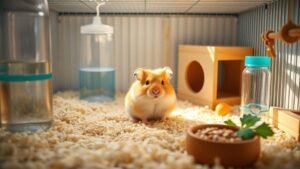Cuidados essenciais para tartarugas e jabutis em ambientes domésticos
Cuidados essenciais para tartarugas e jabutis em ambientes domésticos is a simple, practical guide to keeping your turtle or tortoise safe and happy at home. If it feels overwhelming, start with these essentials: the right tank size, a clear land and water layout, proper UVB and basking, species‑appropriate substrate, balanced feeding, reliable water quality, and careful shell health and hibernation planning. Use the quick checklists and tips below to build confidence caring for your shelled friend.
Key takeaway
- Provide the correct heat and UVB light.
- Keep water and the enclosure clean and secure.
- Feed species‑appropriate food and calcium.
- Handle gently and give quiet hiding spots.
- Watch behavior and call a reptile vet when needed.
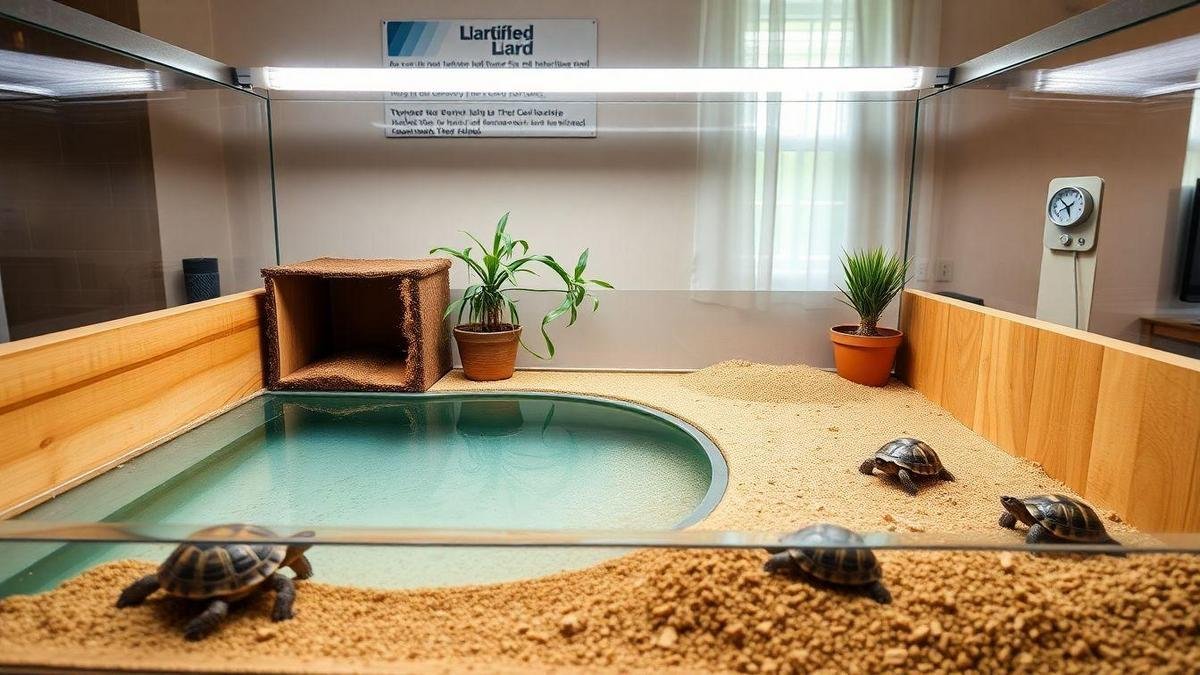
How I set up a safe habitat for Cuidados essenciais para tartarugas e jabutis em ambientes domésticos
I start with safety, space, and clean water — the same core ideas I use when creating a pet‑friendly indoor space. Below are the practical steps I use.
Choosing tank size and layout
Use shell length and activity to choose size. My rule: 10 gallons per inch of shell for aquatic turtles.
- Hatchlings: 20–30 gal
- Juveniles: 40–75 gal
- Large adults: 75–150 gal
- Jabutis (terrestrial tortoises): focus on floor space (8–12 sq ft or larger)
Place the filter and heater to maintain clean, warm water — I follow practical tank and filtration tips when choosing flow and media. Provide a tall basking area with a ramp and position lighting directly over the basking spot. Tortoises need a shallow water dish and lots of land area.
| Animal type | Minimum enclosure | Water depth | Basking / land space |
|---|---|---|---|
| Aquatic hatchling | 20–30 gal | 2–4 in | Small platform |
| Aquatic juvenile | 40–75 gal | 4–8 in | Medium platform |
| Aquatic adult | 75–150 gal | Full swim depth | Large platform |
| Jabuti / Tortoise | 8–12 sq ft (larger better) | Shallow dish only | Large land area |
Always provide a temperature gradient so the animal can move between warm and cool zones — for cold or rainy periods consider strategies from keeping pets comfortable on cold days.
Creating land and water zones
Set clear zones:
For aquatic turtles:
- Deep enough water to swim fully.
- Dry, reachable basking island with ramp.
- UVB and heat over the basking area.
- Strong filter rated above tank volume.
For jabutis / terrestrial tortoises:
- Soil-rich substrate for digging and humidity where required.
- Hides and grazing areas with edible plants.
- Shallow drinking/soaking dish.
- Gentle heat source to keep temperatures steady.
Daily: check humidity and temperature, spot-clean water and substrate, and follow a set cleaning schedule (see tips on how to maintain a clean home with pets).
Quick checklist for habitat setup
- Adequate tank/enclosure size
- Filter rated for volume (stronger is better)
- UVB lamp above basking area (replace per manufacturer)
- Heat lamp with thermometer readings (basking and cool zones)
- Basking platform with non-slip surface ramp
- Substrate suited to species (water-safe or soil mix)
- Hide and shallow water dish (for tortoises)
- Secure lid to prevent escapes and keep other pets out (safety steps during chores are covered in pet‑safe cleaning practices)
- Thermometer & hygrometer visible and checked daily
- Cleaning schedule posted and followed
| Item | Why it matters |
|---|---|
| Filter | Keeps water clean; reduces disease risk |
| UVB | Promotes vitamin D3, shell and bone health |
| Heat lamp | Enables digestion and activity |
| Hide | Reduces stress |
| Secure lid | Prevents escapes and predators |
Keep a short daily log for temperature, water clarity, and unusual behavior to catch problems early — building a routine helps, see our daily routine tips.
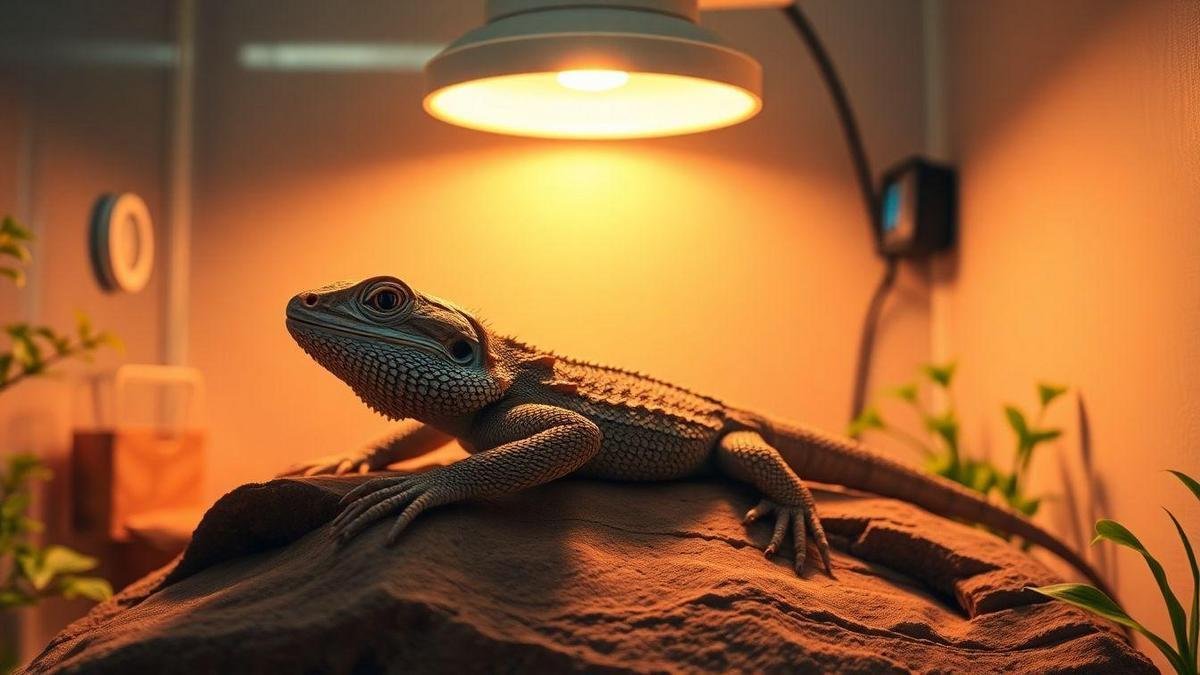
UVB lighting, basking, and temperature
UVB lighting basics
Treat UVB like the sun. It enables vitamin D3 synthesis for shell and bone health. Run UVB visible light around 10–12 hours/day on a timer. Night must be dark for rest.
Practices I follow:
- Use T5 fluorescent or quality compact UVB.
- Keep the bulb at the manufacturer’s recommended distance.
- Replace bulbs every 6–12 months—UV output drops before visible light dims.
- Monitor activity: healthy basking and appetite indicate correct lighting.
| Item | Choice | Note |
|---|---|---|
| Bulb type | T5 UVB or quality compact UVB | T5 gives steady output |
| Photoperiod | 10–12 hours | Use a timer |
| Replacement | 6–12 months | UV drops over time |
| Distance | Follow label | Too close = burns; too far = ineffective |
Temperature and basking
Match heat to species. Provide a warm basking spot, cooler shade, and stable water for aquatic turtles. Check temps daily.
| Species type | Water / ambient | Basking spot |
|---|---|---|
| Aquatic turtle (e.g., slider) | Water 24–27°C (75–81°F) | 29–35°C (85–95°F) |
| Terrestrial jabuti / tortoise | Ambient 24–29°C (75–85°F) | 32–35°C (90–95°F) |
| Night temp | 18–22°C (64–72°F) | N/A |
If an animal hides or refuses food, temperature may be wrong. Adjust slowly and recheck. To reduce stress during unusual household events, use tips from keeping pets calm during household changes.
Simple lamp and thermometer tips:
- Basking lamp: heat bulb or ceramic heat emitter for steady output.
- UVB lamp: mount above mesh/screen—glass and thick plastic block UV.
- Thermometers: one at basking spot, one in cool area or water; digital probes preferred.
- Thermostat: use with ceramic heaters to avoid swings.
- Check temps morning and evening.
| Tool | What I do |
|---|---|
| Basking lamp | Use focused heat and check distance |
| UVB lamp | Mount above screen; replace per schedule |
| Thermometer | One at basking spot, one in cool zone |
| Thermostat | Use with non-thermostated heat sources |
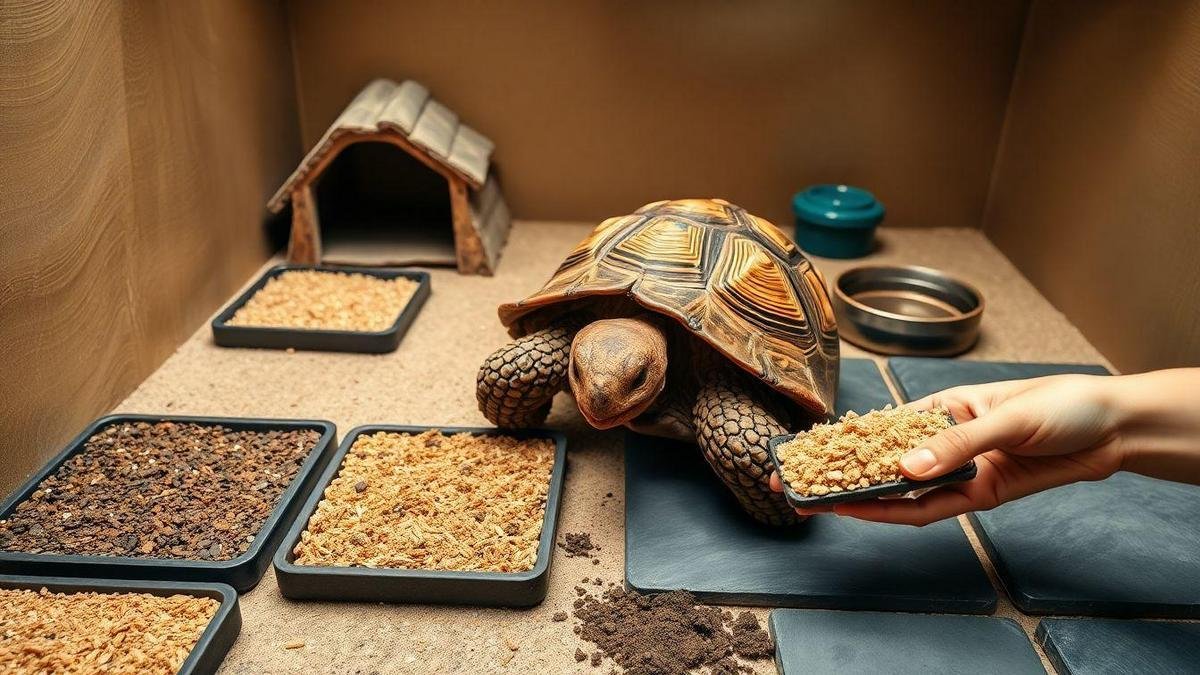
Substrate and enclosure materials
When planning Cuidados essenciais para tartarugas e jabutis em ambientes domésticos, match substrate to species needs: safety, cleanliness, and comfort.
Best substrate types I recommend
| Substrate | Best for | Pros | Cons |
|---|---|---|---|
| Organic topsoil play sand (50/50) | Burrowers (Russian, Sulcata juveniles) | Holds shape for digging; natural feel | Must be free of fertilizer/pesticides |
| Coconut coir | Humid species (Red-footed) | Retains moisture; low dust | Can mold if too wet |
| Cactus potting mix (peat‑free) | Mediterranean types | Good drainage; low dust | Not for heavy diggers |
| Paper-based bedding | Sick / quarantine | Clean; low impaction risk | No digging; not long-term |
Avoid calcium sand and fine gravel (impaction risk). Always test store soil by wetting before use.
Keeping substrate clean
Clean daily and deep clean on a schedule:
- Spot clean daily: remove feces and soiled areas.
- Full substrate change: moist mixes every 1–3 months; dry mixes every 3–6 months.
- Dry thoroughly after cleaning—wet substrate invites mold and respiratory issues.
- Use separate tools and bins for cleaning to prevent cross‑contamination.
- Rinse new topsoil before use and monitor humidity with a gauge.
- If mold appears, remove area immediately and improve airflow.
- Disinfect with reptile‑safe products or diluted bleach (1:10), then rinse and dry completely.
A real example: wet coconut coir caused runny nose in one tortoise; switching to a drier mix resolved symptoms in days—proof that substrate moisture matters.
For broader tips on keeping enclosures and rooms in good condition without added stress, review our suggestions on maintaining a clean home with pets.
Substrate mistakes to avoid
- Using sand alone for herbivores — risk of impaction.
- Calcium sand — ingestion hazards.
- Pine or cedar shavings — toxic.
- Too shallow substrate — prevents natural digging. Provide 6–8 cm for small burrowers.
- Letting substrate stay wet — encourages mold and illness.
- Not rinsing purchased soil — may contain fertilizers.
- Ignoring species needs — match substrate to habitat type.

Diet and feeding
Tortoise nutrition: greens, supplements, calcium
Rule: mostly leafy greens and low‑protein plants to promote a strong shell and steady growth.
- Offer a mix of dandelion, clover, collard greens (avoid too much spinach).
- Dust food with calcium powder 2–3× weekly for adults; more for growing or breeding animals.
- Use a multivitamin once weekly only if diet lacks variety.
- Monitor droppings, appetite, and shell feel; consult a vet for soft shell, lethargy, or weight loss.
| Item | Why I use it | Frequency |
|---|---|---|
| Dandelion & clover | High calcium & fiber | Daily or most days |
| Dark leafy greens | Vitamins & fiber | Several times weekly |
| Calcium powder | Prevents shell problems | Dust 2–3×/week (more for growing) |
| Multivitamin | Fills gaps | 1×/week if needed |
| Avoid | Spinach, iceberg, high‑protein pet food | Limit or never |
Young turtle feeding schedule
Young aquatic turtles need frequent, small meals:
- Hatchlings (0–6 mo): 2–3× daily; feed small pieces of protein greens; let them eat 5–10 minutes.
- Juveniles (6 mo–2 yr): 1× daily; balanced protein greens.
- Adults: 3–4×/week or every other day, leaning toward greens.
Avoid overfeeding — excess protein can deform shells. Weigh weekly if concerned.
Feeding routine checklist
- Daily: fresh water, remove uneaten food, check appetite.
- Weekly: dust food with calcium 2–3× for adults; multivitamin once if needed.
- Monthly: weigh and photograph shell for growth tracking.
- If shell soft or low energy: call the vet and increase calcium frequency.
| Task | When | Tip |
|---|---|---|
| Fresh greens | Daily | Rotate types |
| Remove leftovers | Daily | Keeps water clean |
| Calcium dusting | 2–3×/week | More for growing animals |
| Weigh & photo | Monthly | Tracks slow changes |
Structure feeding and checks into a simple routine — our daily routine guide has practical ideas for logging and reminders.
Keep a brief daily log — it helps spot trends before problems escalate.
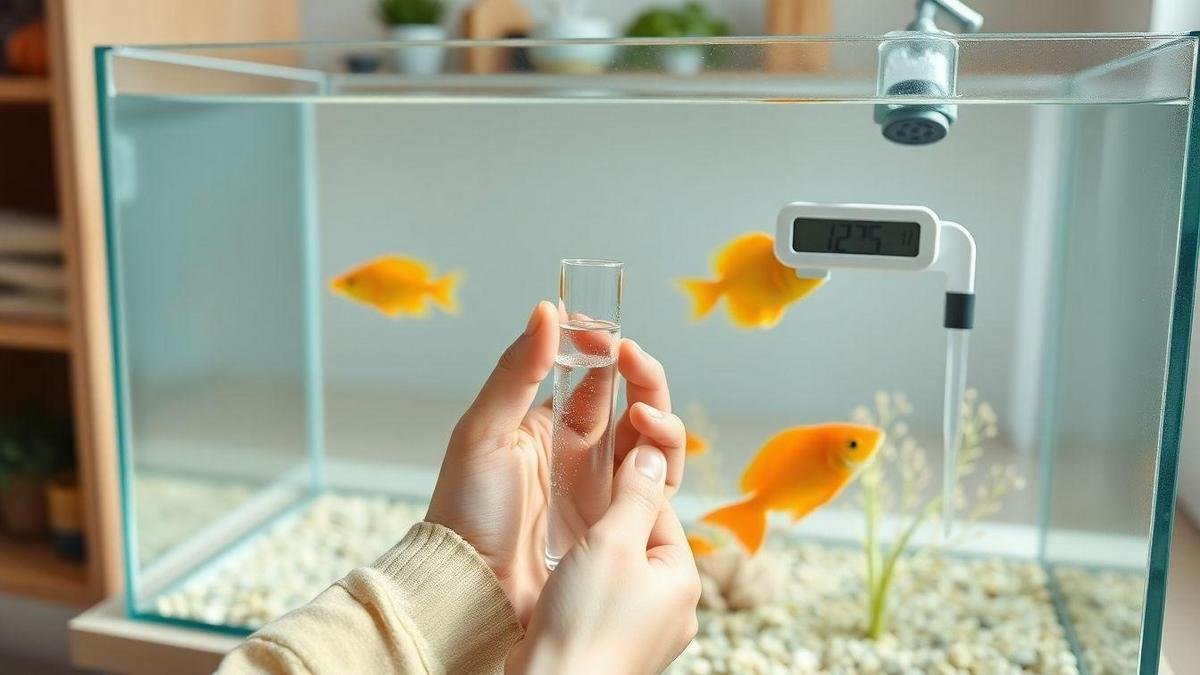
Water quality and illness monitoring
Aquatic turtle water care: filters, tests, changes
Treat water like fresh air—keep it clean.
- Run mechanical and biological filtration.
- Test ammonia, nitrite, nitrate, and pH weekly. Targets: 0 ppm ammonia, 0 ppm nitrite, < 40 ppm nitrate, pH 6.5–8.0.
- Maintain steady water temperature; avoid sudden drops.
| Item | What I watch | Target |
|---|---|---|
| Ammonia | Poisonous if present | 0 ppm |
| Nitrite | Damaging to blood | 0 ppm |
| Nitrate | Builds up over time | < 40 ppm |
| pH | Comfort & bacteria balance | 6.5–8.0 |
| Filters | Flow and media condition | Clean/replace as needed |
Perform 25–50% water changes when tests drift or if water is cloudy or smelly. Never let filtration stop for long. For tank cycling, filter selection, and media, consult the tank care and filtration guide.
Common diseases and prevention
Early signs are subtle—watch closely.
| Problem | Signs | Action |
|---|---|---|
| Shell rot | Soft spots, odor, white patches | Clean, dry dock, vet if deep |
| Respiratory infection | Wheeze, open-mouth breathing, lethargy | Warm dry basking, vet for antibiotics |
| Parasites | Weight loss, odd feces | Fecal test, vet treatment |
| Vitamin A deficiency | Swollen eyes, poor appetite | Diet change, vet supplements |
| Eye infections | Redness, swollen/closed eyes | Clean water, vet if persistent |
Prevent most issues with: clean water, a dry basking spot with proper heat/UVB, and a balanced diet. Call a vet promptly—don’t wait. If you need to reach our team for guidance or to book a consultation, use the contact page.
Quick water care steps:
- Check filter flow and clean pre-filter every 3–7 days.
- Test ammonia/nitrite/nitrate/pH weekly.
- Do a 25% water change if nitrate > 20 ppm; 50% if cloudy or smelly.
- Remove uneaten food within 30 minutes.
- Dry and inspect shells during weekly handling.
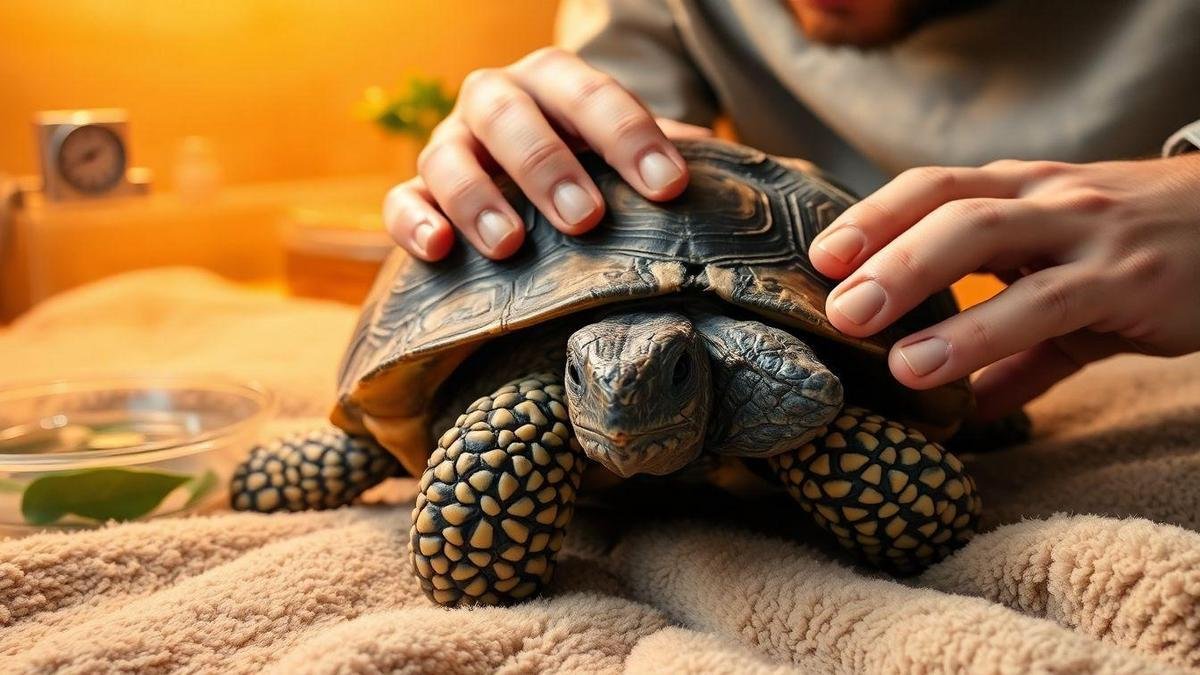
Shell health and hibernation
Spotting and treating shell rot
Check the shell regularly for soft spots, discoloration, pitting, or a foul odor. If found:
- Clean gently with saline and a soft cloth.
- Apply a mild antiseptic like diluted povidone‑iodine or a veterinary antiseptic.
- Keep the animal dry and warm and consult your vet if the wound is large, spreads, or the animal is off food.
| Sign | First step | When to call vet |
|---|---|---|
| White/black patches | Clean with saline; mild antiseptic | If it spreads or smells |
| Soft/sunken area | Keep dry; limit water | If reduced appetite or movement |
| Pitting/holes | Clean and watch daily | If area grows or bleeds |
| Foul odor | Clean; isolate | Call vet immediately |
Do not attempt deep scraping or strong drugs at home—seek veterinary care when needed.
Tortoise hibernation safety
Prepare months ahead and get a vet check. Never allow sick or underweight tortoises to hibernate.
My routine:
- Track weight weekly for months—stable weight is key.
- Only fast for hibernation if your vet advises (not all species hibernate).
- Provide a dry, insulated hibernation box and monitor temperature and weight weekly.
- Wake and call the vet if excessive weight loss or weakness occurs.
| Step | Action |
|---|---|
| Pre-check | Vet exam and stable weight trend |
| Environment | Dry, insulated box with bedding |
| Temperature | Keep stable; avoid sudden drops |
| Monitoring | Check weight and breathing weekly |
| Emergency | Wake and call vet for excessive weight loss |
If you’re unsure about seasonal care or preparing a tortoise for cooler months, our advice on managing pets during cold/rainy days can help adapt routines safely. Also use hiding spots and low‑stress handling techniques described in keeping pets calm during household changes to reduce stress before and after hibernation.
Shell and hibernation reminders:
- Always get a vet check before hibernation.
- Watch weight trends carefully.
- Keep the hibernation box dry to avoid shell problems.
- Log temperatures and check the animal regularly.
- If in doubt, skip hibernation and ask your vet.
Conclusion
Caring for turtles and jabutis follows a few steady rules: safety, the right space, reliable UVB and heat, clean water, species‑appropriate substrate, and a balanced diet. Short checklists, a tiny daily log, and watching behavior will catch most issues early. These tips are all part of good Cuidados essenciais para tartarugas e jabutis em ambientes domésticos—small, consistent actions protect your pet more than any miracle fix. When in doubt, call your reptile vet.
For more step‑by‑step guides and related posts, see our collection of articles. If you need specific help, please contact us.
Frequently asked questions
- What do pet turtles and tortoises need in their home?
Heat, UVB light, clean water, hiding spots, and appropriate substrate. Follow the principles in our guide to caring for pets.
- How often should I clean the tank or enclosure?
Spot clean daily, deep clean on a schedule based on species and substrate. Aquatic tanks need more frequent water changes.
- What should I feed my turtle or tortoise?
Species‑safe food: leafy greens and calcium for tortoises; pellets and appropriate protein for many aquatic turtles.
- How do I spot illness early?
Watch for low energy, swollen eyes, runny nose, soft shell, or changes in appetite or feces. Call a vet quickly.
- Can I handle my turtle or tortoise safely?
Yes—wash hands before and after, lift with both hands under the shell, and keep handling short to reduce stress. For enrichment ideas and signs of boredom, see how to spot and address boredom in pets.
(Repeated reminder for owners: include these core steps in your routine to follow proper Cuidados essenciais para tartarugas e jabutis em ambientes domésticos and keep your shelled companion thriving.)

